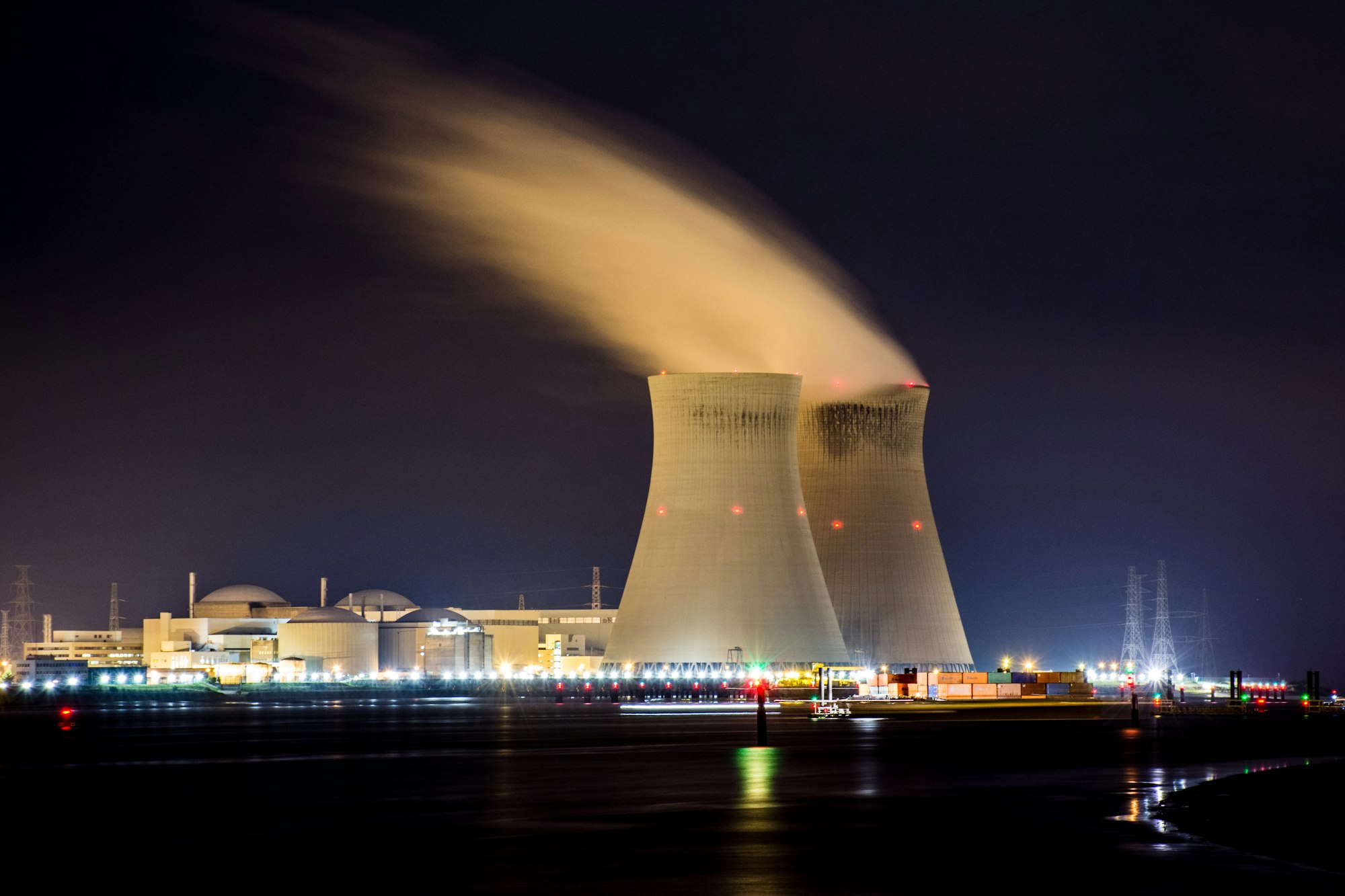After years of people joking “It’s Infrastructure Week,” Congress passed a bill to invest in critical infrastructure, the Infrastructure Investment and Jobs Act. The total cost of the bill is 1.2 trillion dollars and the Senate vote was thoroughly bipartisan, passing with a vote of 69-30.
From the standpoint of energy policy, the most important consequence of President Biden signing this bill is the appropriation and authorization of funding to sustain America’s existing nuclear fleet and support the development and commercialization of advanced nuclear power. This bill’s enactment signifies the growing bipartisan consensus that nuclear energy is critical to our nation’s energy security, our prosperity, and our ability to achieve our carbon emissions goals.
A new focus on next-generation nuclear reactors
The Department of Energy is authorized to expend significant resources towards the development of small modular reactors and micro-reactors. A micro-reactor is one which produces less than 20 megawatts (MW) of energy. A small modular reactor is likewise smaller than a traditional reactor but produces hundreds of MW of energy.
After the initial R&D, financing these reactors should be significantly easier than large-scale nuclear reactors, due to their lower upfront capital cost. This should enable nuclear energy to be considered in circumstances that previously would have been implausible. These investments will accelerate the United States on its path to a lower emissions economy, with affordable and reliable energy for all.
- Within 180 days of the signing, the Secretary of the Department of Energy must submit a report to both houses of Congress which describes how the Department can “enhance energy resilience and reduce carbon emissions with the use of micro-reactors and small modular reactors” (Page 588).
- Authorized $1.23 billion dollars of funding for each of the projects selected to participate in the Advanced Reactor Demonstration Program (ARDP), Terrapower and X-Energy, over the next seven years. They are both expected to deliver commercial scale plants by 2027 (Page 699).
- Authorized the Secretary of Energy to assign property interests to any entity, including the United States government, relating to investments made as part of the ARDP. The law excludes ownership of intellectual property. This will enable the development and enforcement of contracts which can more effectively align the Department of Energy with the companies it's investing in (Page 589).
Strengthening the existing nuclear fleet
In our highly globalized world, energy markets are volatile. The rapid economic growth of countries across the world can lead to a spike in gasoline and electricity prices in America. Likewise, a global drop in output (from a pandemic) can lead to an abundance of energy and a short-term dip in prices. Certain nuclear energy plants have struggled to remain short-term profitable during this global shock.
The infrastructure bill established provisions to enable unprofitable plants to maintain operations through to 2026. As output ramps up again, most of these plants will resume profitability. By providing them with a temporary subsidy, we're ensuring our continued access to their low carbon, base load of energy. If they were to cease operations, their localities would experience increased use of higher-emissions energy sources, or rolling blackouts.
- Established and allocated $6 billion dollars in funding for the Civil Nuclear Credit Program for fiscal years 2022 to 2026. This funding will be allocated to nuclear plants that would otherwise be shutdown due to short-term unprofitability (Page 591).
- The distribution of these funds will be at the discretion of the Secretary of Energy, after the qualifying reactors have submitted relevant information: operation costs, average projected annual operating loss (in dollars per megawatt-hour), capital costs—including fuel, operational and market risks, estimate of the incremental air pollution that would result if the reactor were to shut down, information about the supply chain for their plant’s uranium supply—with a bias in favor of supply chains based in America, and detailed plans about how the plants will sustain operations at the end of the 4-year subsidy period (Page 592).
- If the plants end up being profitable, after receiving these credits, the Secretary of Energy is directed to recapture these credits—the plants are only permitted to break-even (Page 592).
- All of these plants meet the safety criteria established by the Nuclear Regulatory Commission and would otherwise be permitted to continue their operations (Page 945).
Renewable activist, Lukas Ross from Friends of the Earth, had previously argued against the tax credits, "A nuclear bailout is wrong for taxpayers, wrong for ratepayers, and wrong for the climate," as reported by Reuters. In defense of the credits for the existing nuclear fleet, the Department of Energy’s chief-of-staff, Jeremiah Baumann, stated, “[the United States] can’t afford to have this setback of losing a lot of carbon-free electricity,” as reported by E&E News. And he's right! Nuclear energy accounted for 19.7% of all utility scale electricity generation last year—more than wind, hydro, and solar combined.
This is all a hopeful sign for a growing bipartisan interest in the role of nuclear energy in providing abundant, low-carbon energy to the United States. The advanced nuclear reactors will need to deliver on their promises and this bill has bought time for reactors within our existing fleet to find a path towards sustainable profitability. However, beyond short-term funding, it will be important for us to reform the regulatory environment and energy markets to ensure American nuclear energy is able to fairly compete and reach its potential.


